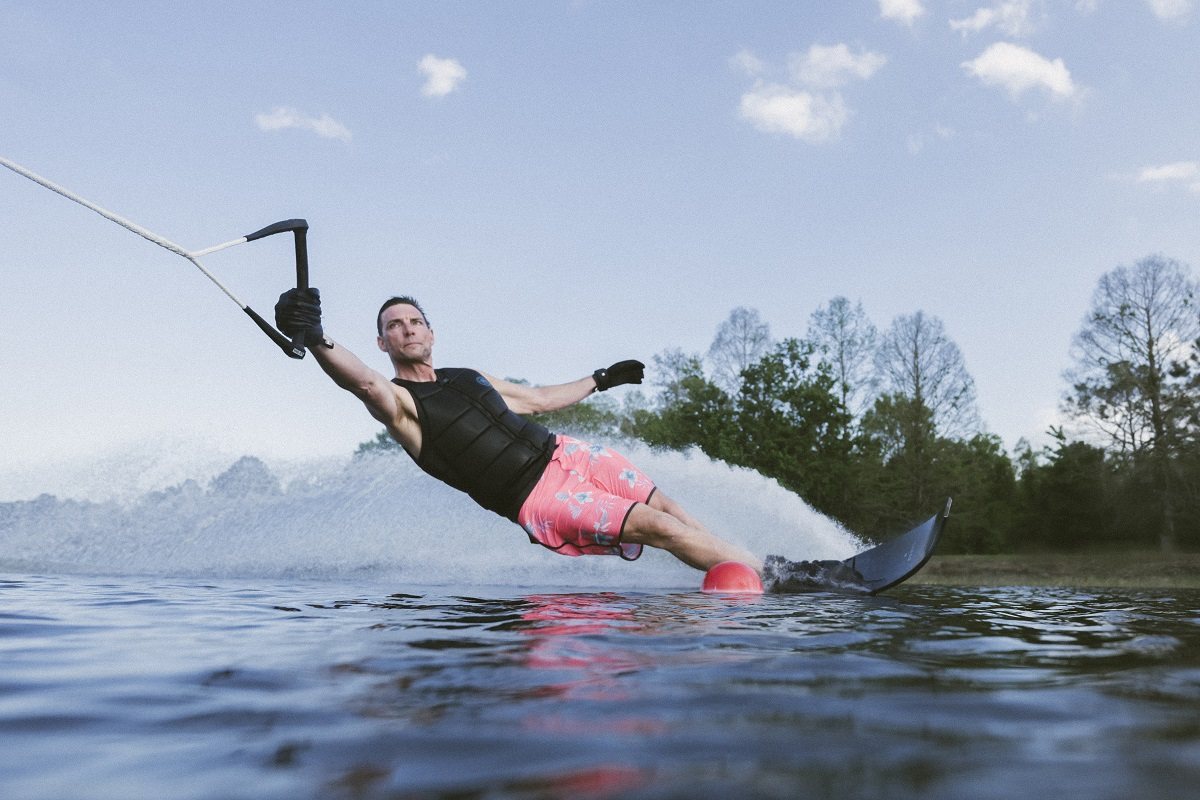Mastering the Cold: Water Ski Setup Tips for Chilly Conditions
When the seasons change and temperatures drop, water skiers face a new set of challenges. Cold water simply doesn’t ski the same as warm water—fact. If you’ve ever noticed your buoy count drop when fall hits, you’re not imagining it. Here's why it happens and what adjustments you can make to your ski setup to keep your performance up when the water gets down.
Why Cold Water Affects Skiing
Warm water gives your ski more lift and freedom, letting your ski cast out wider and earlier before each buoy. This early setup gives you more time and space for balanced turns—fewer falls, more buoys. As the temperature dips, the ski starts to ride differently: it feels like it “sucks behind you,” making it harder to stay wide and balanced through the turn
Key Setup Adjustments for Cold Water
These are Chris Rossi’s go-to adjustments, listed in the order he makes them:
1. Move the Fin Back
-
Why: Reduces tail slippage and keeps the ski more in front of you before the turn.
-
Benefit: More balanced entry into the buoy, helping you avoid falling off the ski’s tail.
-
Rule of Thumb: Decrease DFT (Distance from Tail) by 0.003 inches per 10°F drop in water temperature.
2. Make the Fin Deeper
-
Why: Cold water lifts the ski more, making it unstable. More fin depth adds back control and support.
-
Benefit: Boosts width and direction through the pre-turn. A deeper fin gives a flatter ski and more speed into the buoy.
-
Rule of Thumb: Add 0.002 inches of depth per 10°F drop.
Extra Tweaks for Extreme Conditions
If adjusting fin position and depth doesn’t cut it, try these additional mods:
3. Move Bindings Back
-
Why: Keeps more ski out of the water before the turn.
-
Benefit: Adds space before the buoy and enhances your ability to finish turns smoothly.
4. Reduce Wing Angle
-
Why: Wing angle pulls the tip into the water. Less wing delays the pre-turn and helps keep width.
-
Rule of Thumb: Reduce by 1° per 20°F drop.
5. Reduce Fin Length
-
Why: Less length allows the ski to travel farther and turn tighter.
-
When to Use: Only in major temperature swings (e.g., 88°F to 63°F). A 0.005-inch reduction can help.
On-the-Water Techniques
Setup changes are just one part of the equation. Rossi also emphasizes technique:
-
Hold Your Edge Through the Second Wake: This helps maintain direction and edge angle for a cleaner, wider turn.
-
Stay Connected After the Buoy: Focus on your “power triangle” and keep your connection through the edge change.
-
Be Strong and Intentional: Glide speed drops faster in cold water, so stay strong and aggressive in your movements.
-
Adjust Expectations: You won’t be as early to the buoy as you are in warmer water. A few feet late is okay—adapt your timing.
Final Thoughts
Cold water doesn’t mean bad skiing. With thoughtful adjustments and a mindset geared for change, you can still run your best sets even as temperatures drop. Use these recommendations as a starting point and experiment to find what works best for your ski, body, and conditions.
Stay warm, ski smart, and have fun on the water!!!

